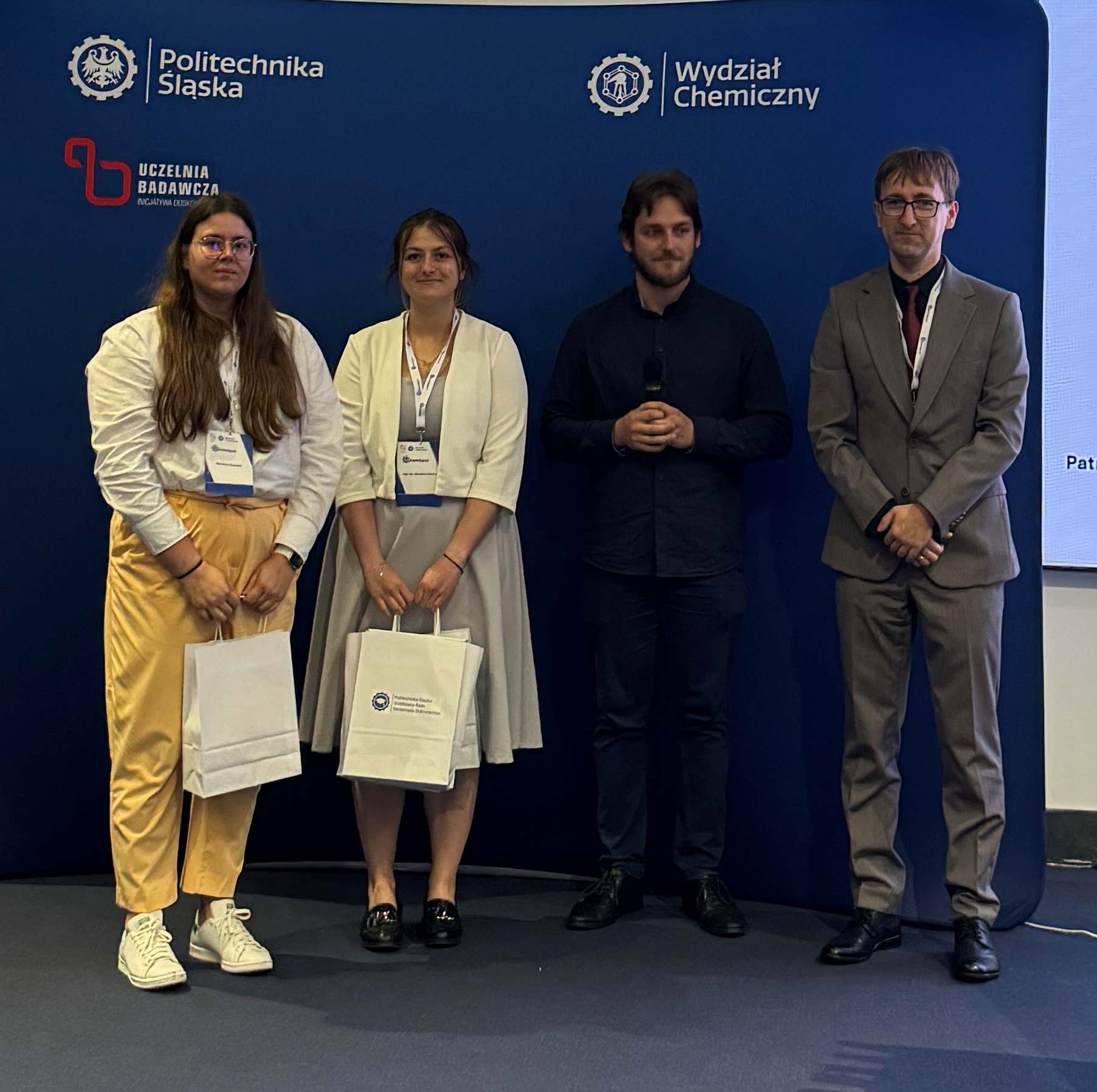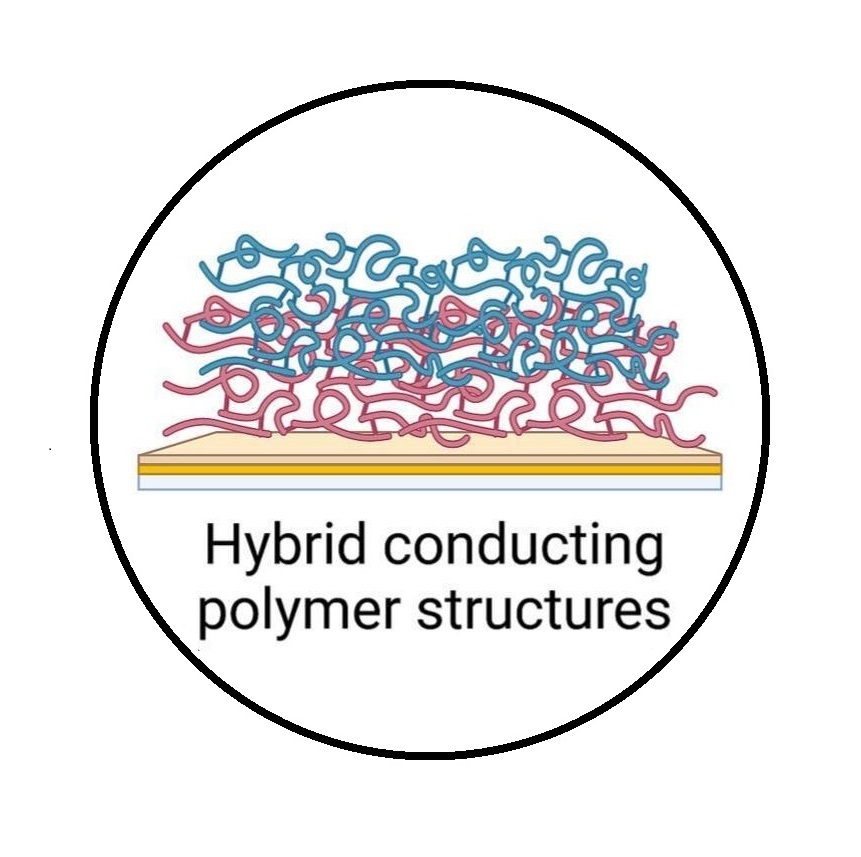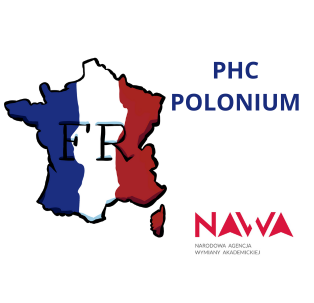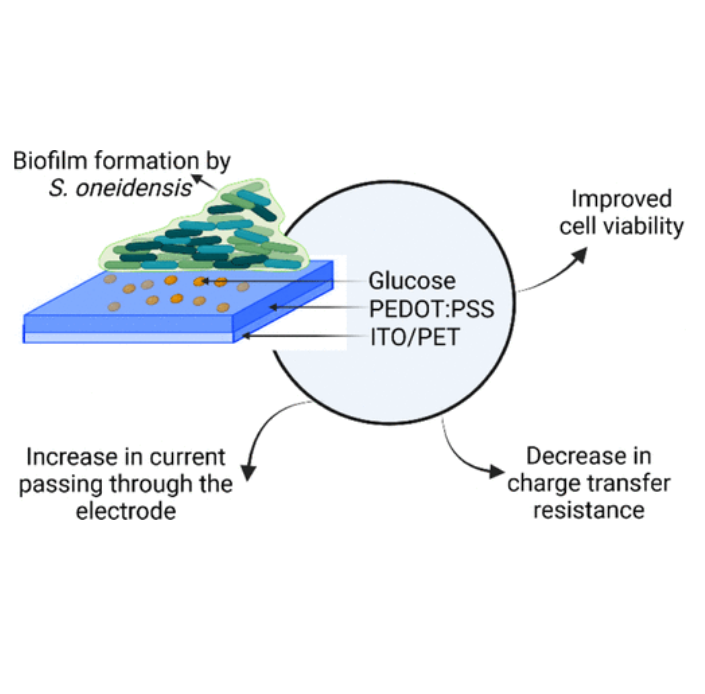
Bioelectrochemistry Group

Bioelectrochemistry Group

Bioelectrochemistry Group
Start - Project CHENI
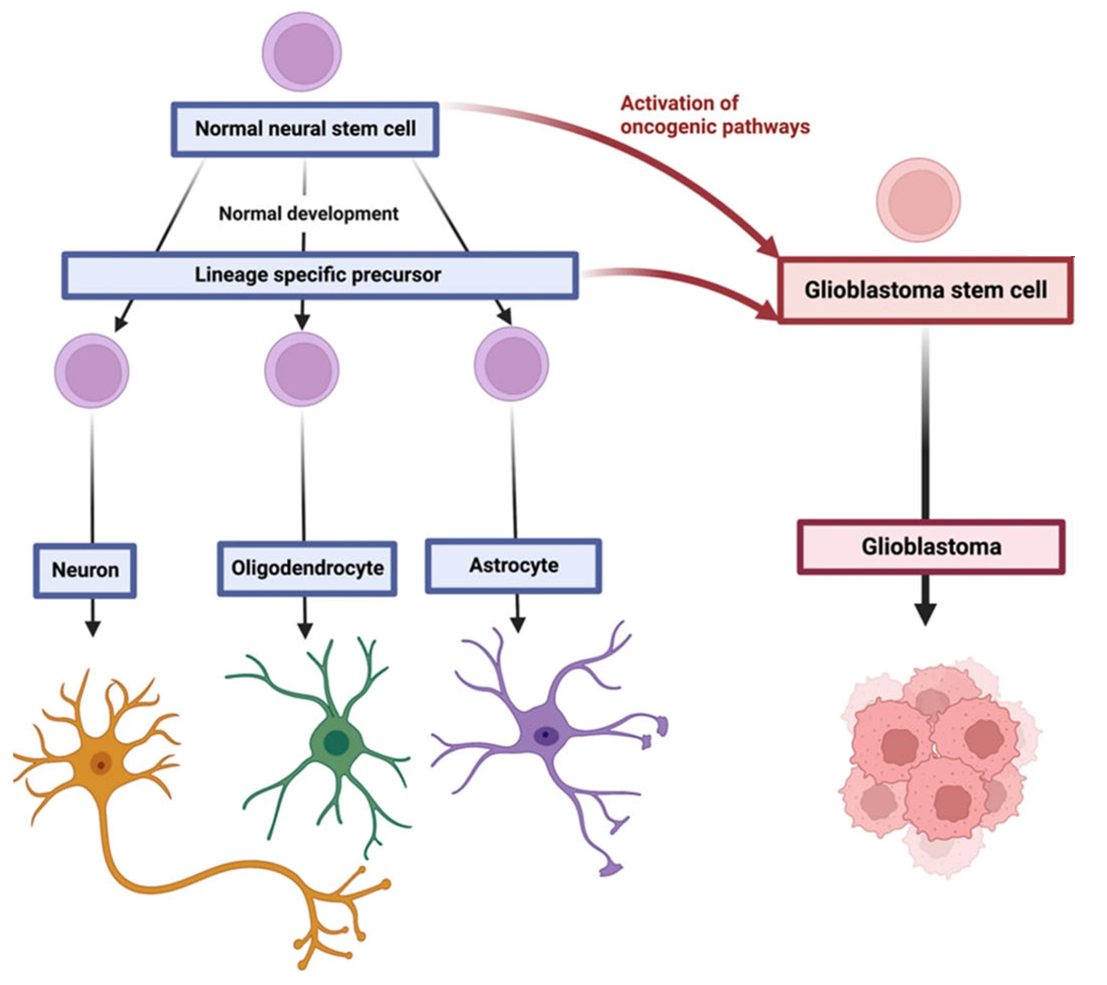
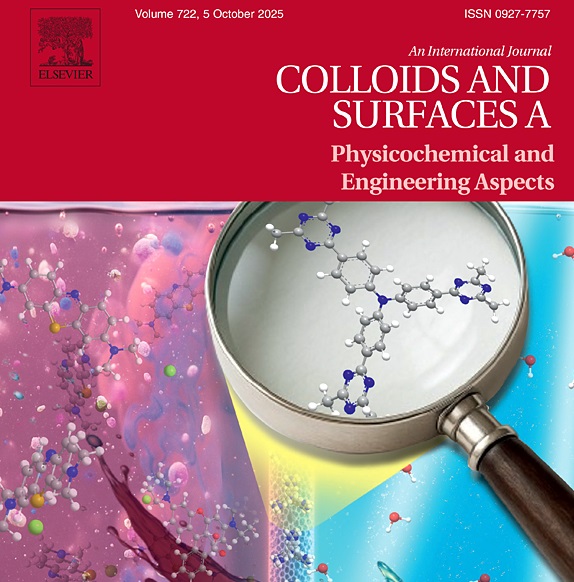
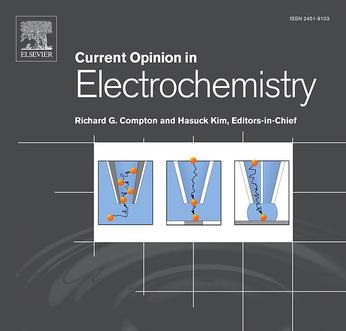



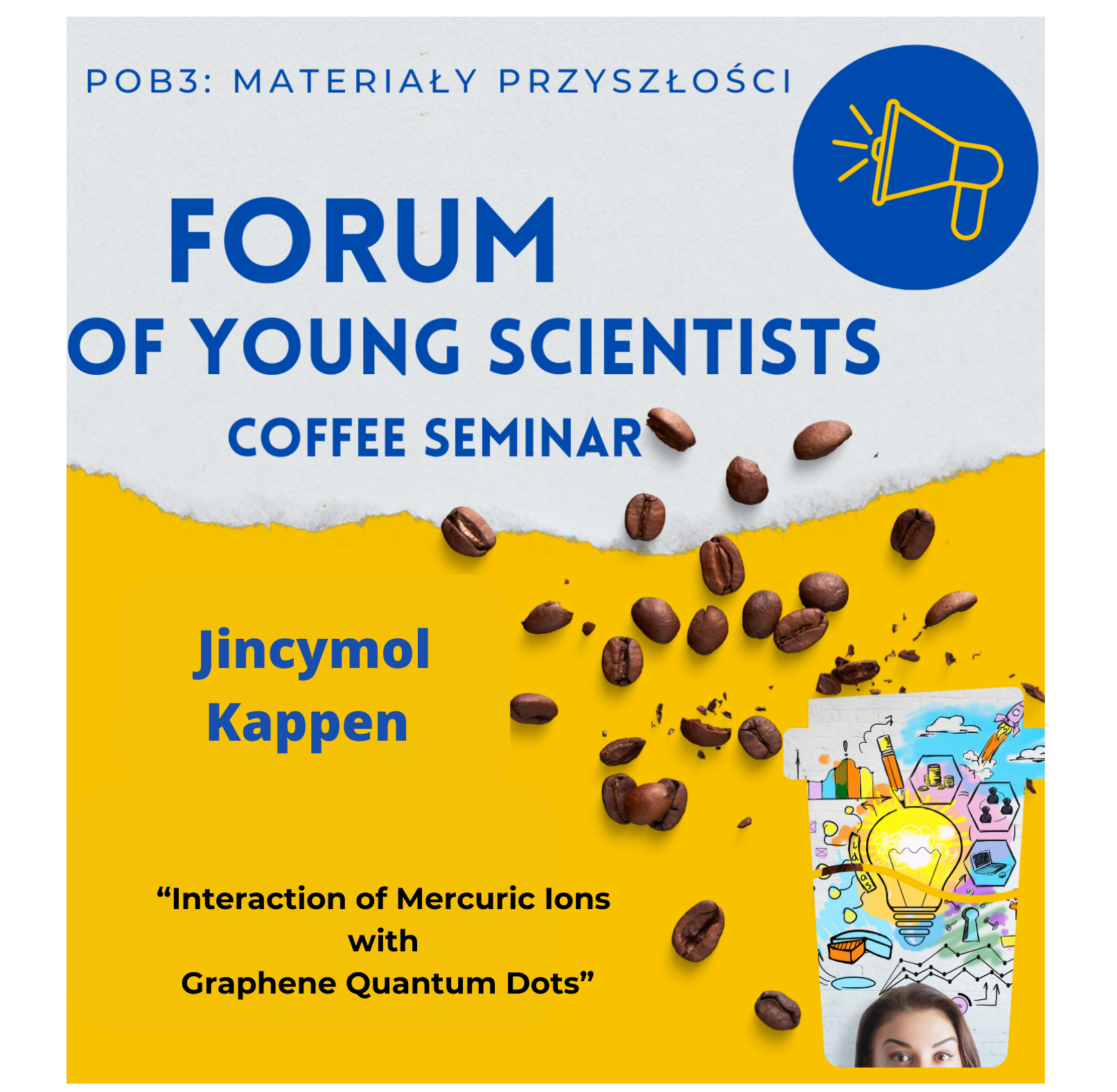


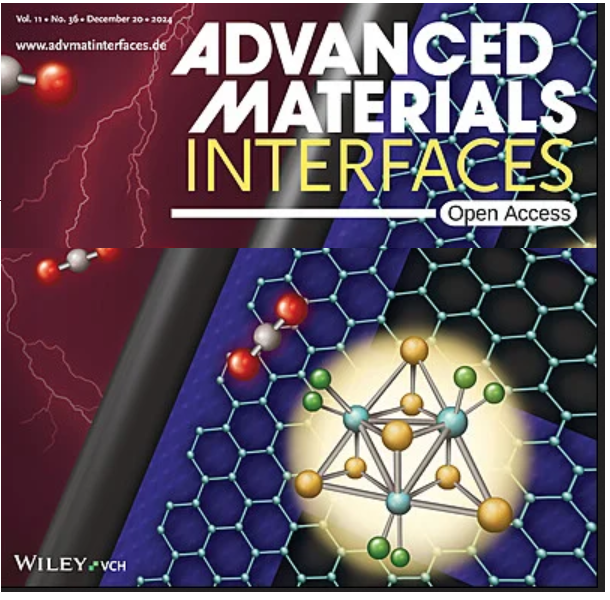
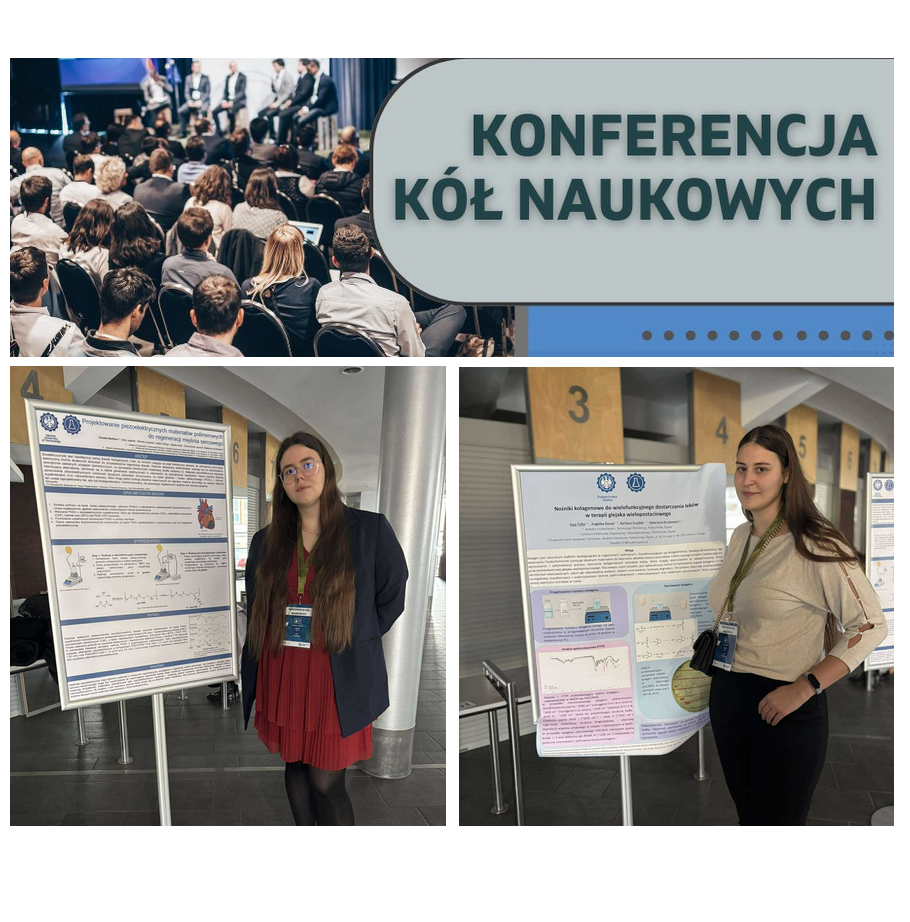
Show more Less items
Project details
Project title: Conducting hydrogel-based electrodes for highly efficient neural interfaces
Acronym: CHENI
Period: 01.01.2025–31.12.2026
Budget: 29 600 PLN
Principal investigator

Katarzyna Krukiewicz, PhD DSc
Centre for Organic and Nanohybrid Electronics, Silesian University of Technology
M.Strzody 9, Room no. 208C, 44-100 Gliwice, Poland
Konarskiego 22B, Room no. 224, 44-100 Gliwice, Poland
French Partner

Sami Halila, PhD, CNRS Researcher
Centre de recherches sur les macromolécules végétales (CERMAV)
University Grenoble Alpes
Project description
Bioelectronics is an advancing technology derived from the bioelectroactivity of living organisms, which enables real-time monitoring of the human body while also offering the ability to influence its functions through electrical stimulation. Devices that address ailments with electrical impulses, referred to as electroceuticals, must utilize cutting-edge conductive materials with superior electrical properties that can interface with biological systems without inducing an inflammatory response. The development of electroceutical devices, especially biomedical electrodes, needs to take into account their surface chemistry, shape, topography, mechanical properties, and tissue response, as these factors collectively impact their performance in sensing and stimulation. Despite the high conductivity of traditional metal electrodes, their use is restricted due to the foreign body reaction caused by the chemical, biological, and mechanical incompatibility between the implantable device and living tissue.
The CHENI project aims to offer a non-metallic alternative to traditional metal electrodes by developing a flexible electrode material using self-supporting carbon nanotube (CNT) films (buckypapers, BPs) enhanced with a biologically active conducting hydrogel layer. These self-supported, mechanically stable films are promising candidates for bioelectrode materials due to their unique fabrication strategy and advantageous electrical properties. The ability to modulate their porosity during fabrication enables the creation of an electroactive material that cells can partially penetrate, enhancing tissue/electrode integration and facilitating charge transfer. To further enhance the biocompatibility of CNT BPs, their surface will be coated with a bioactive conducting hydrogel layer.
While the primary aim of the CHENI project is to develop a non-metallic electrode material applicable to a variety of target tissues, we have chosen bioelectrodes used for neuromodulation as a proof-of-concept. Consequently, the biological properties of the newly developed functional materials will be assessed in vitro using human-derived cell lines and ex vivo with embryonic mouse co-cultures derived from the midbrain. These evaluations will focus on cytotoxicity, the ability to promote cell integration, and the capacity to stimulate neural activity.
We anticipate that the newly developed non-metallic, bioactive, highly conductive, and flexible electrodes will be advantageous for the next generation of electroceutical devices. These electrodes are expected to surpass the limitations of conventional metal electrodes by enhancing tissue/electrode integration and reducing foreign body reactions. The use of these advanced electrode materials is expected to make electro-therapies more efficient.







